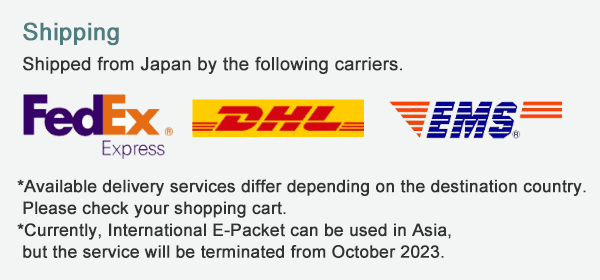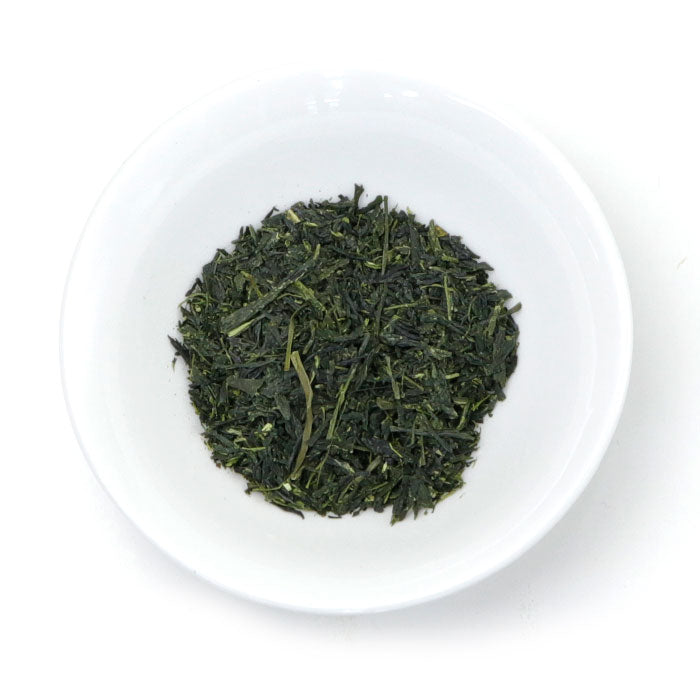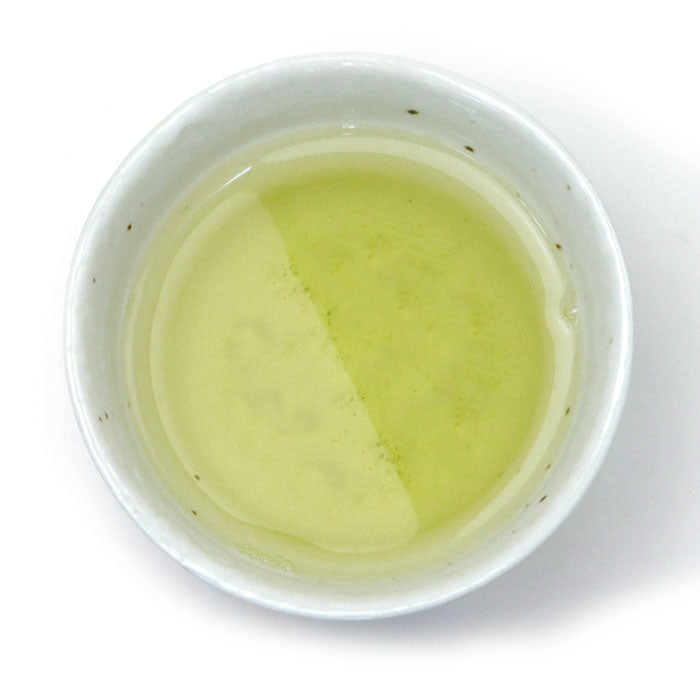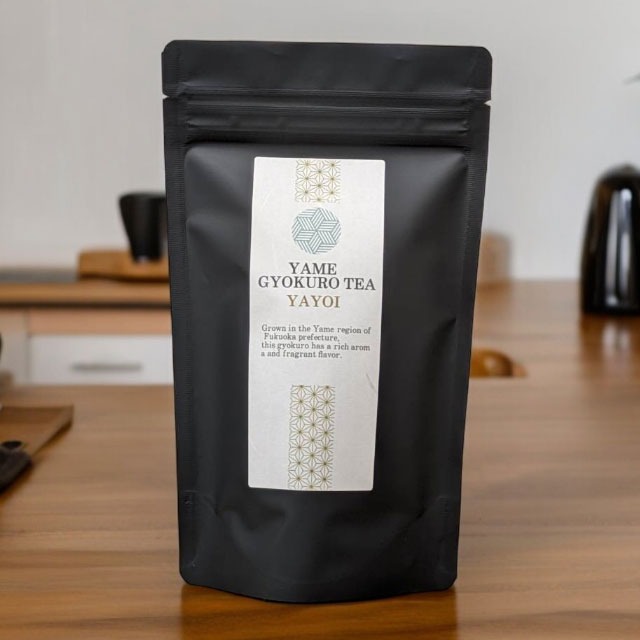Gyokuro tea leaves Yame Hoshino YAYOI
Gyokuro tea leaves Yame Hoshino YAYOI
ไม่สามารถโหลดความพร้อมในการรับสินค้าด้วยตนเองได้
Product details
Product details
- Product name : Gyokuro Tea Leaves YAYOI
- Raw materials :
- Origin : JAPAN
- Expiry date : about 6month
- Manufacturer : HOUKOUEN





1.Put tea leaves into the teapot (6g: about 3 teaspoons)
2.Pour about 60℃ hot water into the teapot and wait 2 minutes.
3.Slowly pour into the teacup
It is important to brew Gyokuro slowly in low-temperature water over a long period of time to bring out the umami components. It is also delicious when brewed in water.
Among the various types of Japanese tea, Gyokuro is considered a high-quality product. In Japan, it is often served to important guests, creating an image of a luxurious tea.
One reason why it is considered high-end is because it requires more effort to cultivate compared to other teas. While regular Sencha tea is grown in open fields, receiving plenty of sunlight, Gyokuro is grown by covering the tea leaves with cloth or other materials for a certain period. This extra step of covering the tea plants adds to the labor involved in cultivation, resulting in a relatively higher price for Gyokuro.
The second reason for Gyokuro being a luxury tea is its limited production. Gyokuro's share of total production, at the stage of Aracha (unrefined tea leaves before the final processing), is just 0.3% nationwide in Japan. Due to its labor-intensive cultivation and rarity, the price of Gyokuro becomes higher.

Gyokuro is known for its rich and strong umami flavor, with less astringency or bitterness.
This is because it contains a significant amount of amino acids, which are the flavor components of tea. Since Gyokuro is grown with minimal exposure to sunlight, the theanine, an amino acid, remains in the tea leaves without being broken down, resulting in a strong umami taste. Additionally, Gyokuro contains a relatively high amount of caffeine, but it is believed that the theanine present in Gyokuro counteracts the stimulating effects of caffeine, making it less likely to cause jitters despite its caffeine content.
Yame Hoshinomura is the leading producer of Gyokuro in Japan. The Yame region is suitable for tea cultivation due to its drastic temperature differences and frequent occurrence of fog, which provides just the right amount of sunlight protection for the growth of Gyokuro leaves. The combination of the region's unique natural conditions and the traditional manufacturing methods passed down through generations has earned Yame's Gyokuro the reputation of being the best in Japan.

1. High elevation: Hoshino Village is located in a mountainous region, with a relatively high elevation, creating a cool climate and abundant natural environment. This provides optimal conditions for tea cultivation.
2. Clean water sources: Hoshino Village is abundant in clean water sources, allowing for the use of optimal water for tea cultivation. The clear water has a positive impact on the flavor and quality of the tea.
3. Skilled tea farmers: The tea farmers in Hoshino Village have a long history and experience, utilizing their expertise to cultivate tea. They incorporate not only traditional cultivation methods but also the latest techniques and innovative approaches.
4. Thorough quality management: The tea farmers in Hoshino Village implement strict standards for quality management. From harvesting to processing and storage, they adhere to rigorous criteria and procedures to produce the highest quality tea leaves.
These are the characteristics of tea cultivation in Hoshino Village. Hoshino Village tea is renowned for its high quality and delicious taste, reflecting these distinct features.



